Every day we saw lots of animals and birds. Each drive explored new areas around the camp traveling 20+ miles in any one direction looking for animals. The guides knew where many of the animals would be but some animals especially the cats had to be looked for. In the next few posts I will write about the animals we saw with lots of pictures. This post is about the elephant’s, giraffe’s, zebras and hippos.
The two parks we went to were very different from each other. The Serengeti is huge, 12 thousand square miles and can only be reach by plane. (Or a very very long and bumpy drive)
In the north of the Serengeti, where we were, was mostly savannah, a wide open grassy plain with a few trees. There were very large herds of wildebeest with a wide selection of the other animals typically found in the bush. Its focus was along the Mara River for the wildebeest crossings and where many of the animals go for water. There was also a lot of activity in the grassy plains where many of the animals go to graze. The animals here were a little more skittish and often you could not get that close to some of the more fearful ones. Here we were constantly driving off the dirt roads.
The size of Tarangire is 1.1 thousand square miles, also big, it is the 6th largest park in Tanzania. The swamp or marsh lands make up a good 1/3 of the park. The main focus was along this huge marsh area where the animals go for water and food. Tarangire is about 1-1/2 hour car drive from Arusha. Many folks who vacation in Zanzibar and other coastal resorts fly into Arusha, about an hour flight and hire a guide service to drive to Tarangire for a day trip to the game park. Tarangire has many more rules then the Serengeti. The main rule is that the vehicles cannot leave the dirt roads in the park and there are specific picnic and viewing areas for looking at the animals. The animals here are more used to the many vehicles, sometimes staying on the roads when the vehicles approached. It was more like being in a very controlled game park. The guides knew when and where the animals would be every day.
In the next few post I will talk about the different animals we saw. In total we saw 34 different animals and over 50 types of birds.
The hippos are big! Weighing in at 3300 lbs. on the average. It is the third biggest land mammal after the elephant and rhino. They are good swimmers and can hold their breath for over 5 minutes. Like the crocs, the hippo has it eyes and nose on tops of their heads so they can stay submerged in the river for long periods of time. They also like to bask in the sun. In the afternoon many would sun on the sandbars in the river. At dusk they leave the water and go as far as 6 miles away to graze, eating about 80 pounds of grass each day. Not that much based on their size. They returned to the river at dawn. On occasion we saw several harrying back to the river in the early morning hours. We found no hippos at Tarangire.
more about hippos
The elephants, the largest land mammal weighs between 3000 to 5000 lbs. Staying mostly to themselves they did not mix with other animals. In the Serengeti we saw many smaller groups perhaps just a dad, mom and child or an extended family of other females, and brothers and sisters. In the Tarangire we saw large herds. The elephants have an impact on the environment, uprooting and destroying trees. Large herds can change a savannah into grasslands. They need to eat almost 20 hours a day consuming 300-400 lbs. of food each day. Only 20% of what they eat is actually digested. Most of it is pooped out, they are pooping machines. Because they eat a wide variety of plants elephants are known as a “seed dispersal” helping to distribute seeds, pooping many miles away from the parent plant. In their life time they growth 6 sets of teeth. The new teeth are grown in the back of the mouth and move forward pushing the old ones out. Two of the biggest threats to elephants are man and there disappearing habitat. Elephants can live up to 70 years.
more about elephants
The Masai giraffe is the world’s tallest mammal reaching heights of over 18 ft. There tall legs measure 6 feet allowing them to run 35 mph. They typically stay in small groups, up to a half dozen and graze on the tree tops where other animals can’t reach. We found they blended in very well amongst the trees and were often hard to find.
more about giraffes
The zebras are very social, spending a lot of time in herds. There stripes are said to help as camouflage, confusing there predators. The herd is always standing alert looking for predators. It is common to see several standing in opposite directions on the lookout. Below are some pictures.
more about zebras

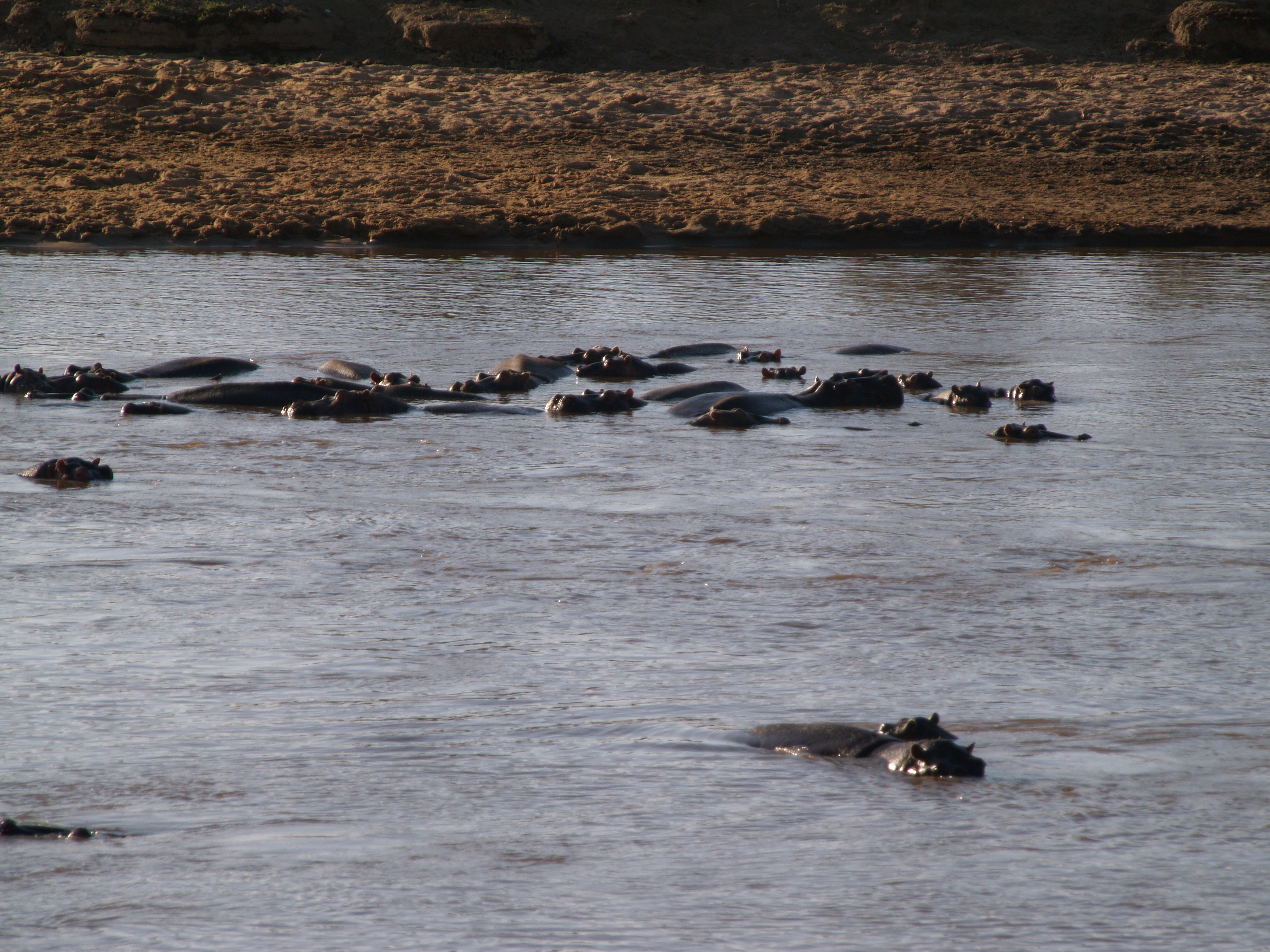
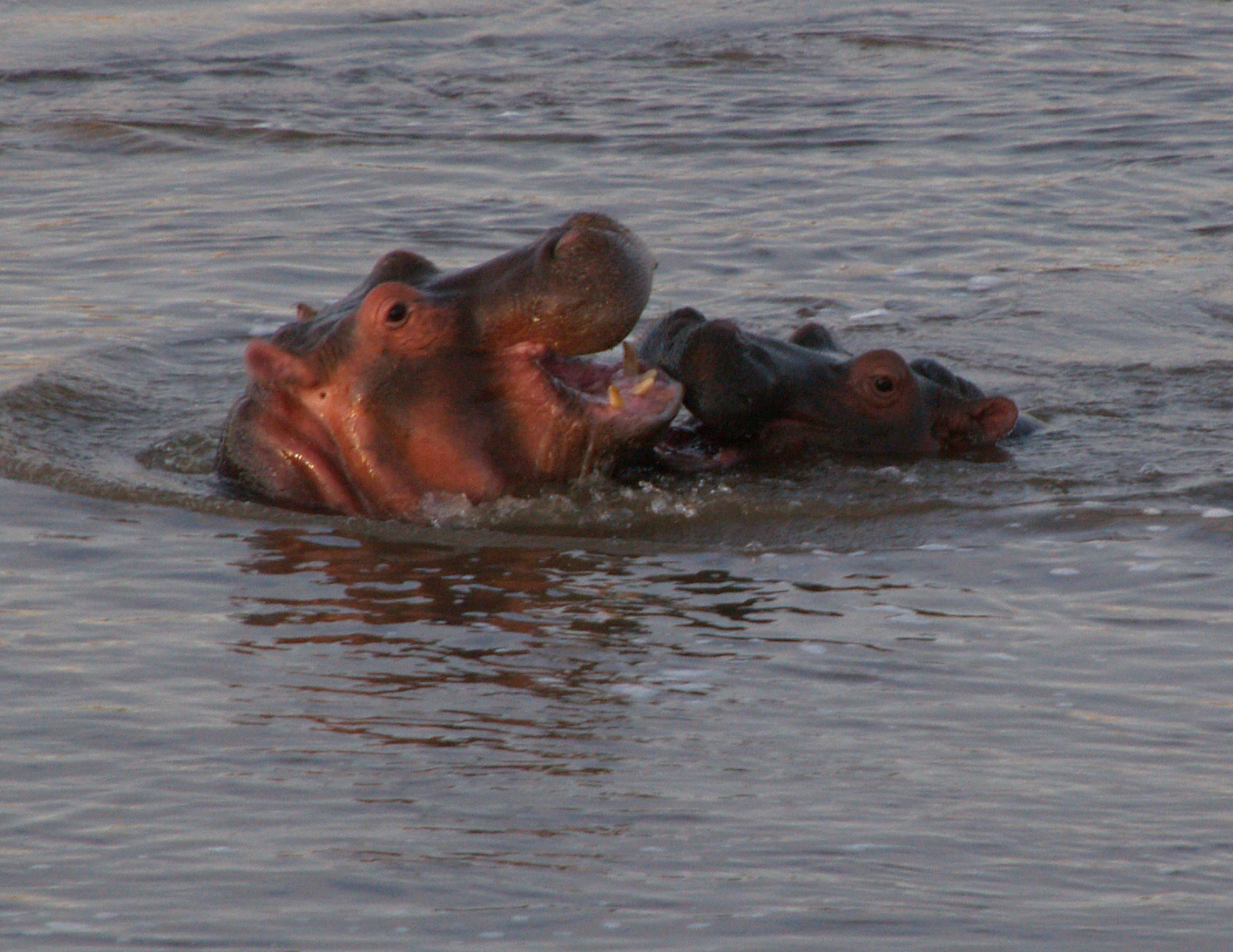
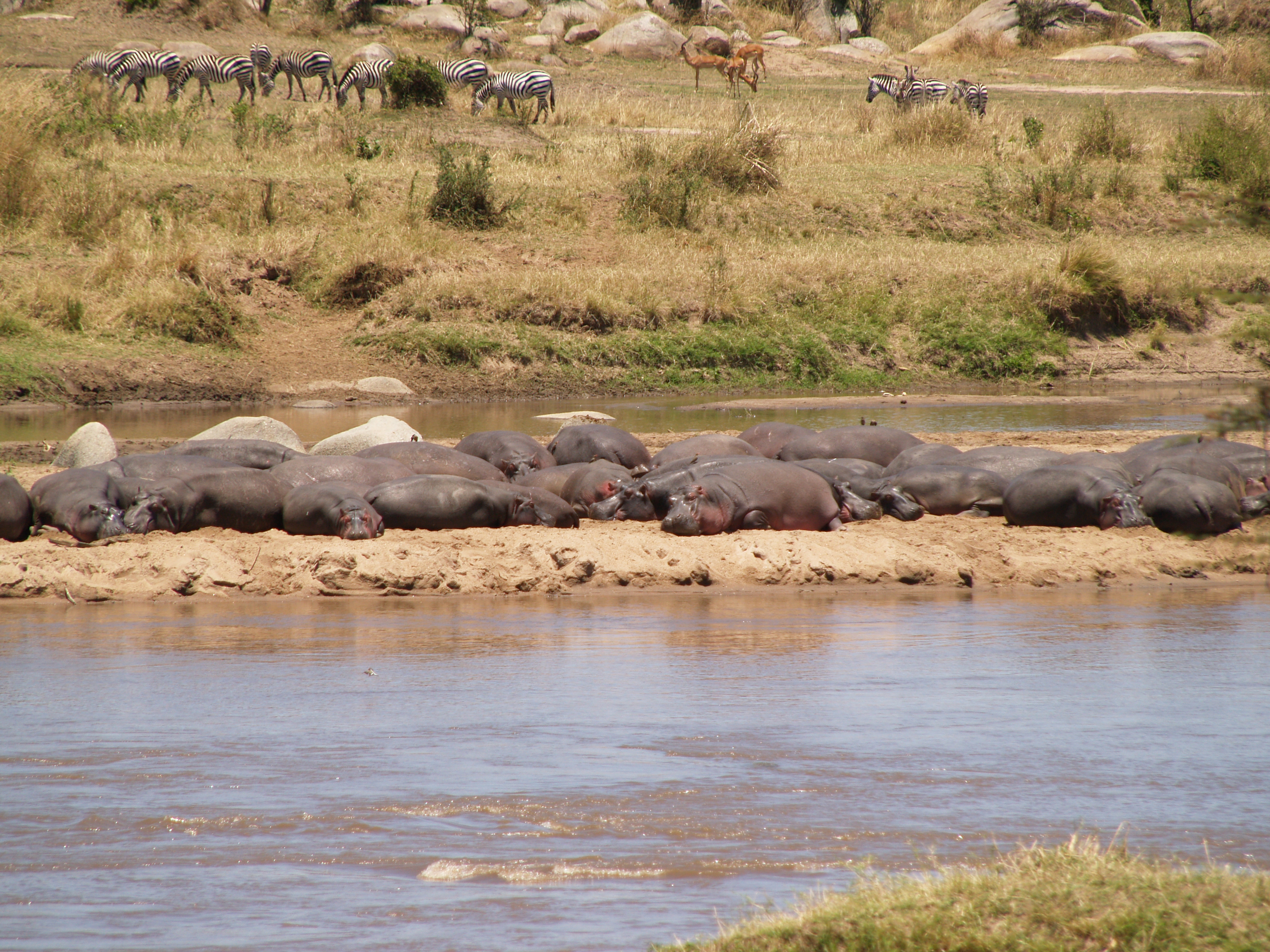
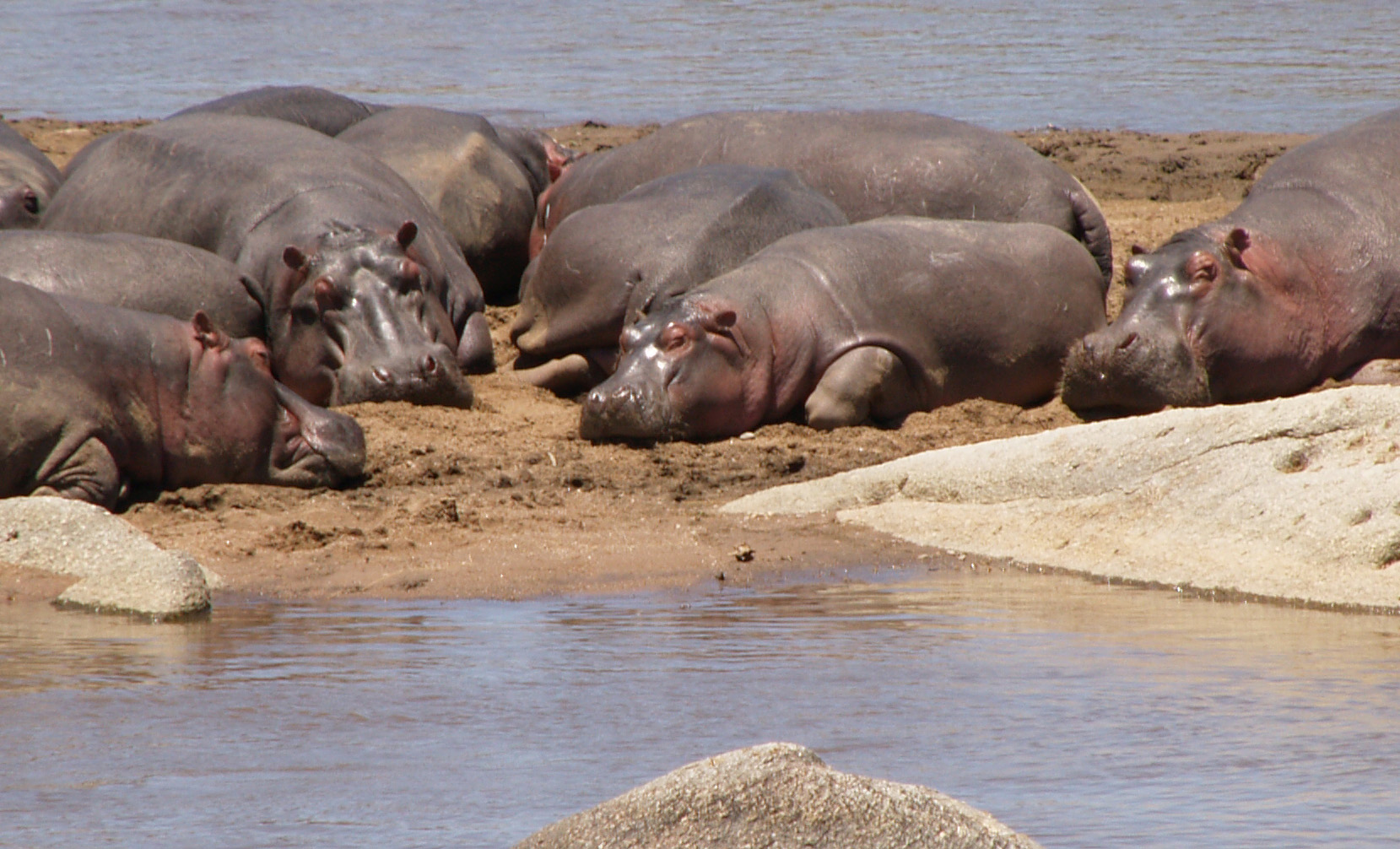
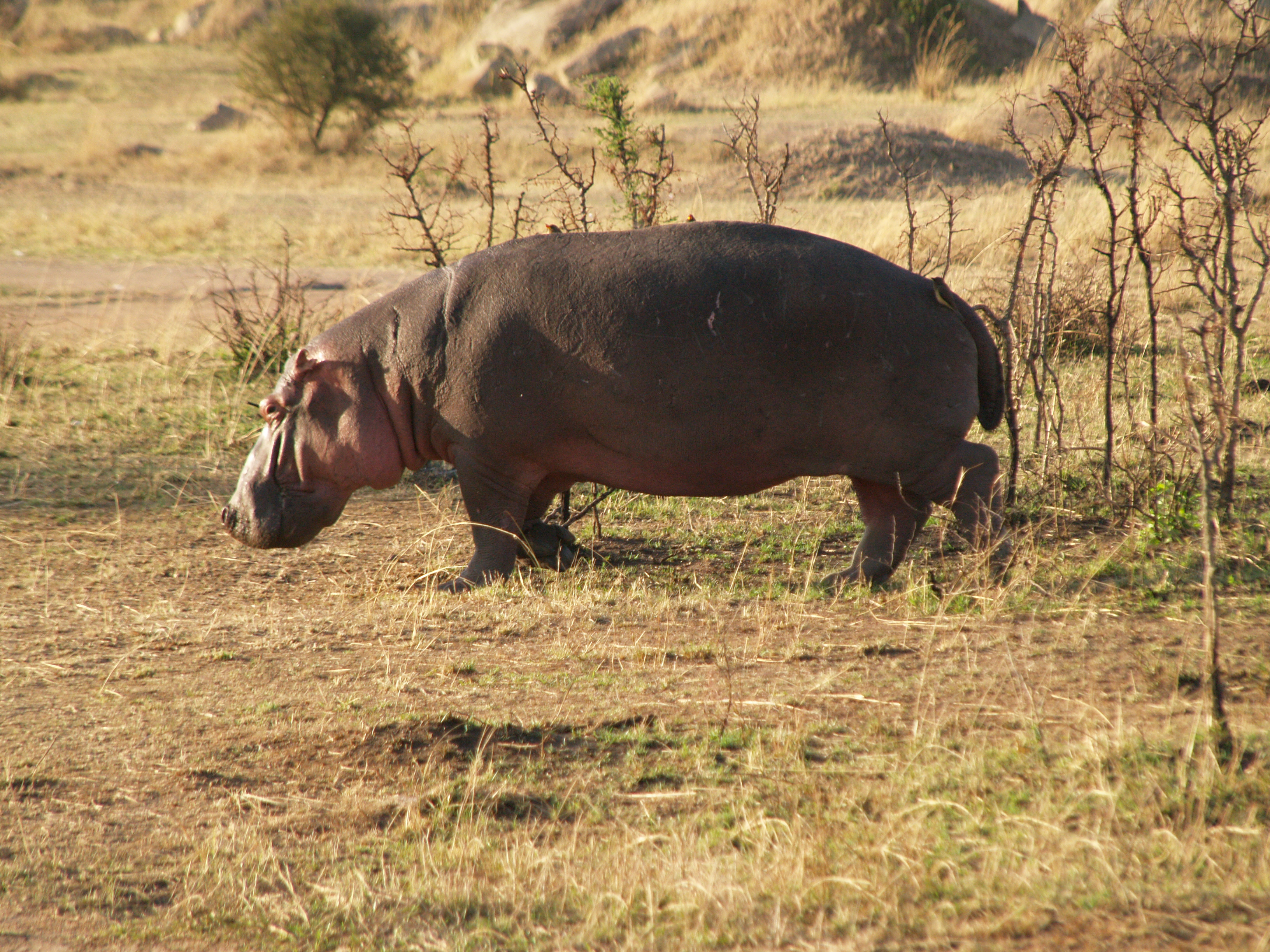
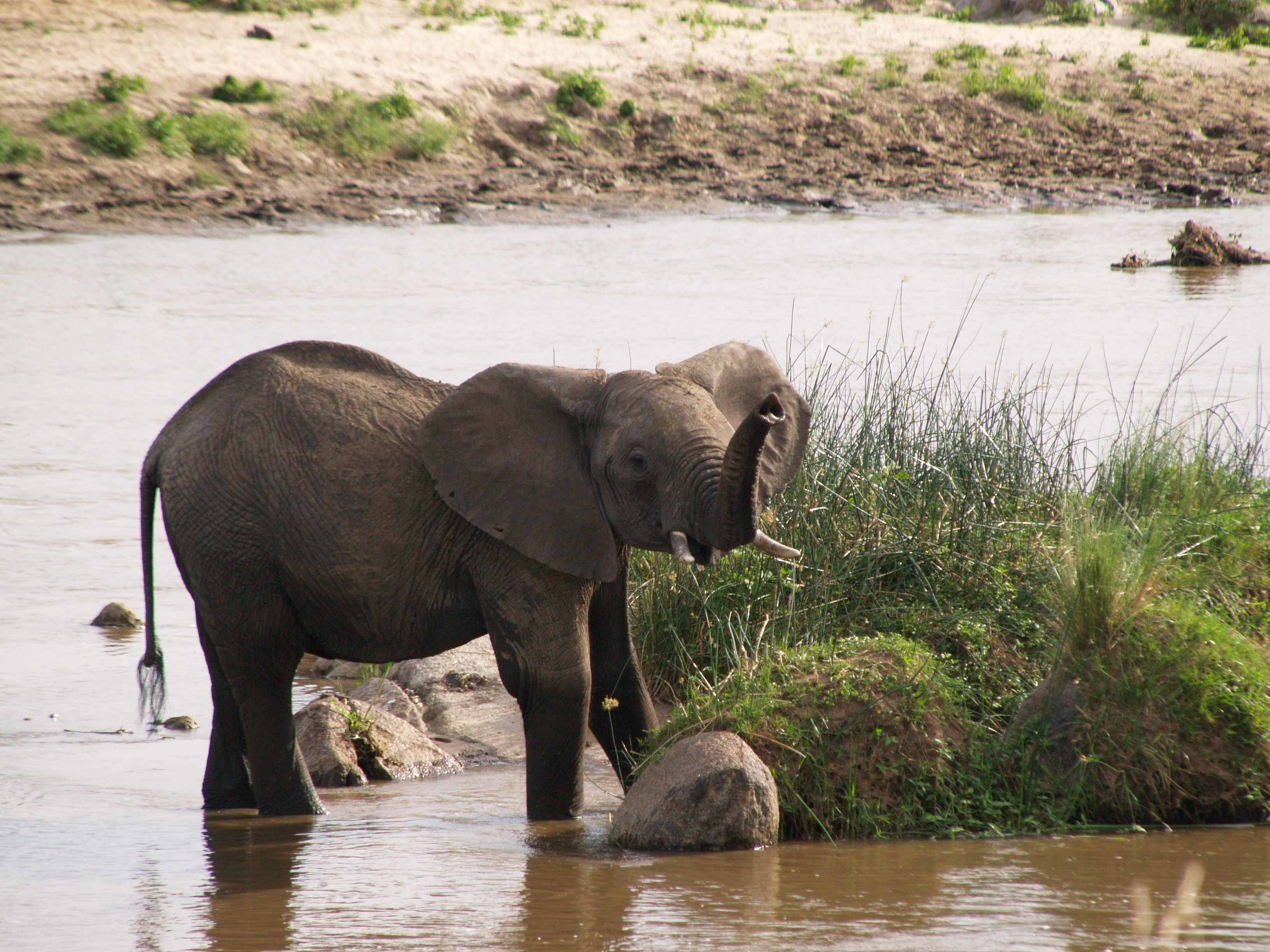
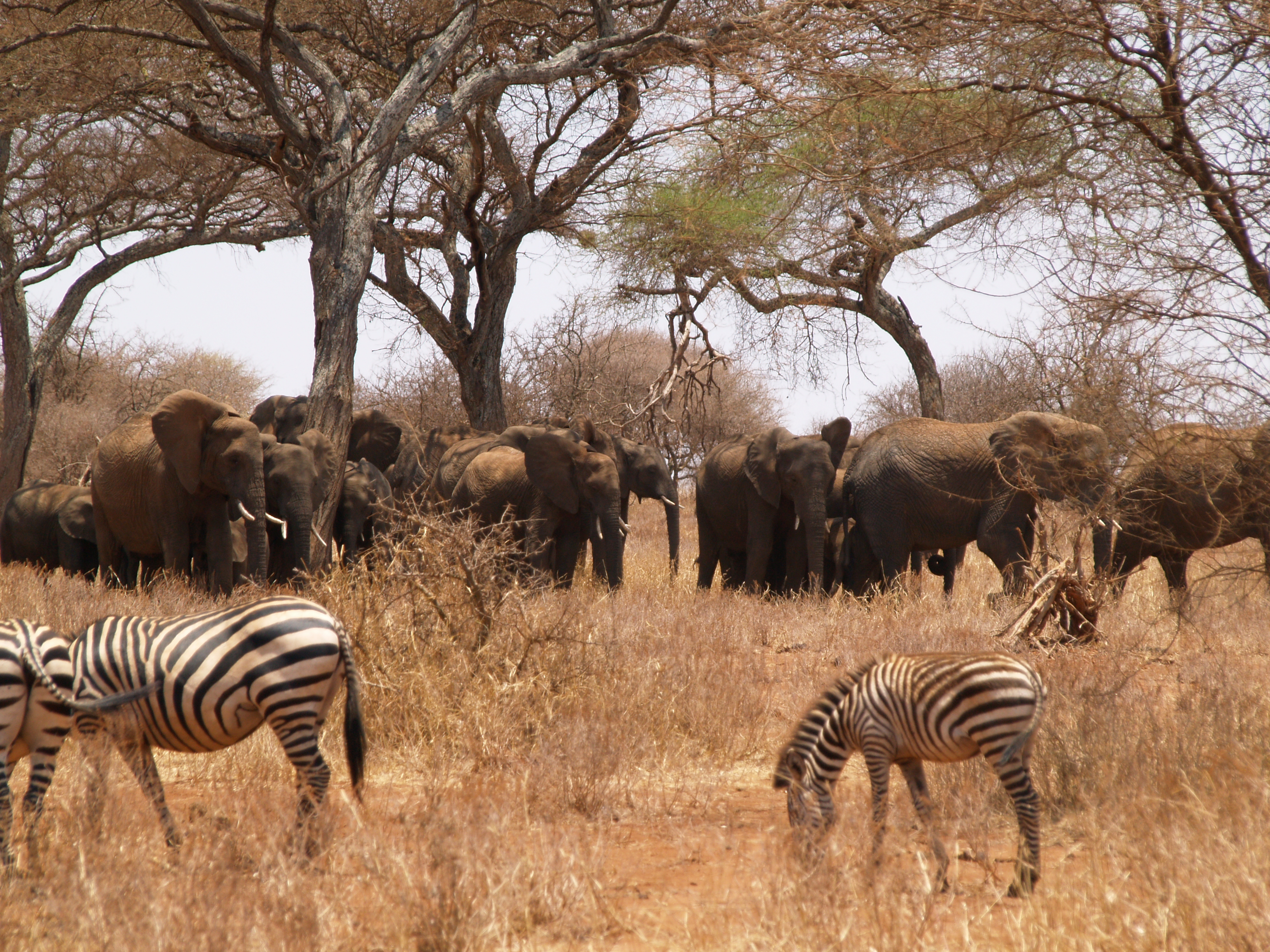
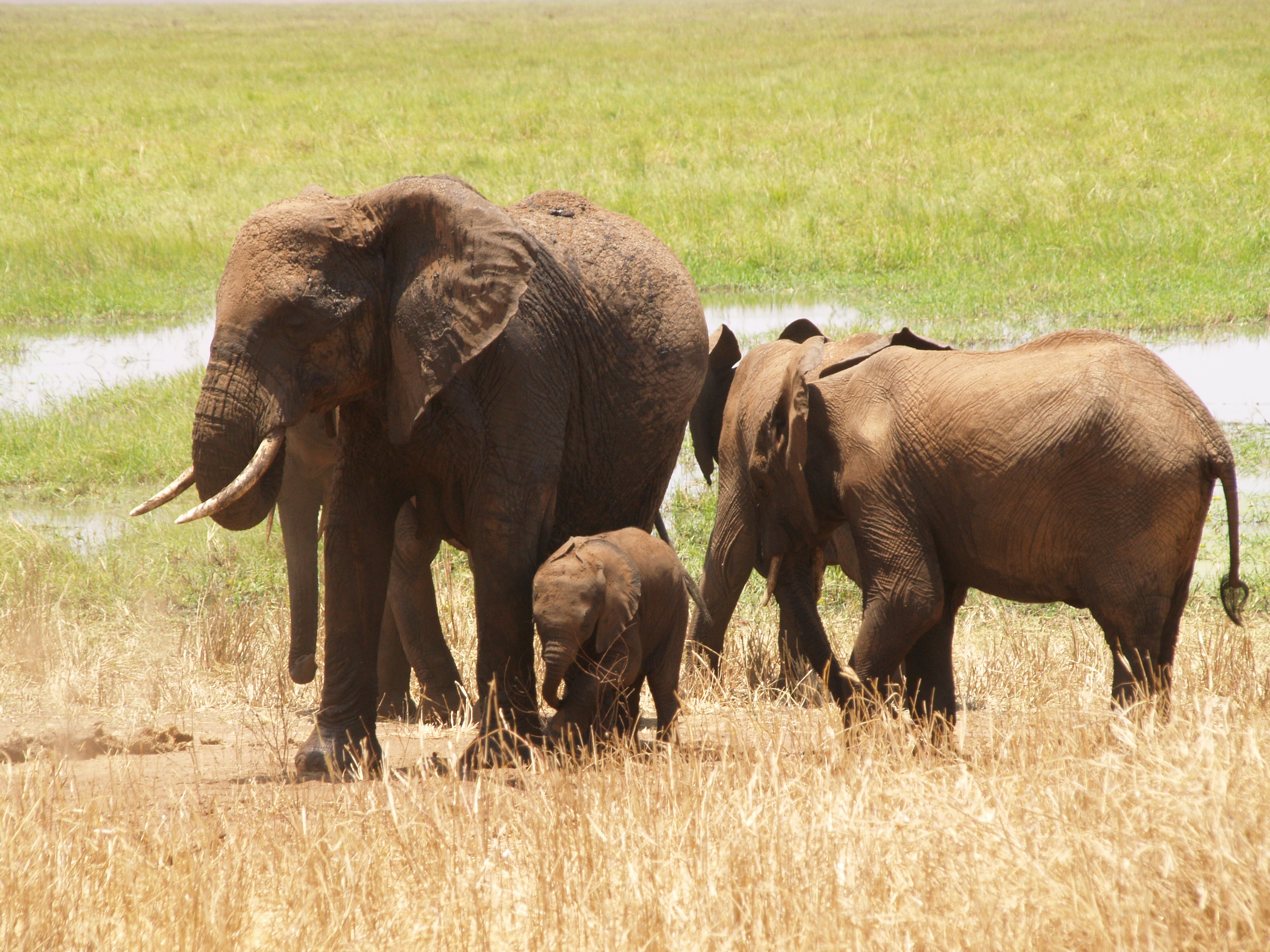
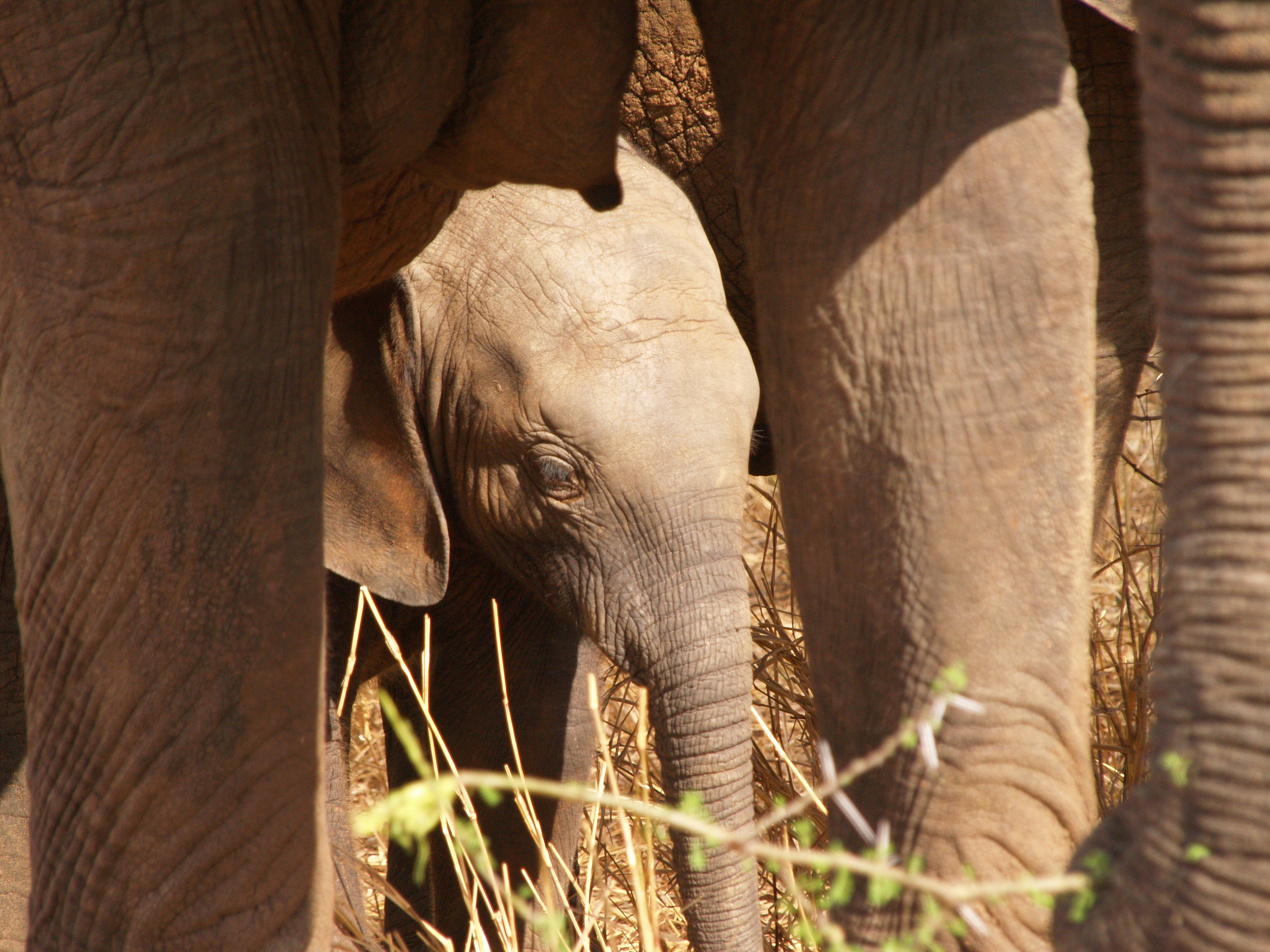
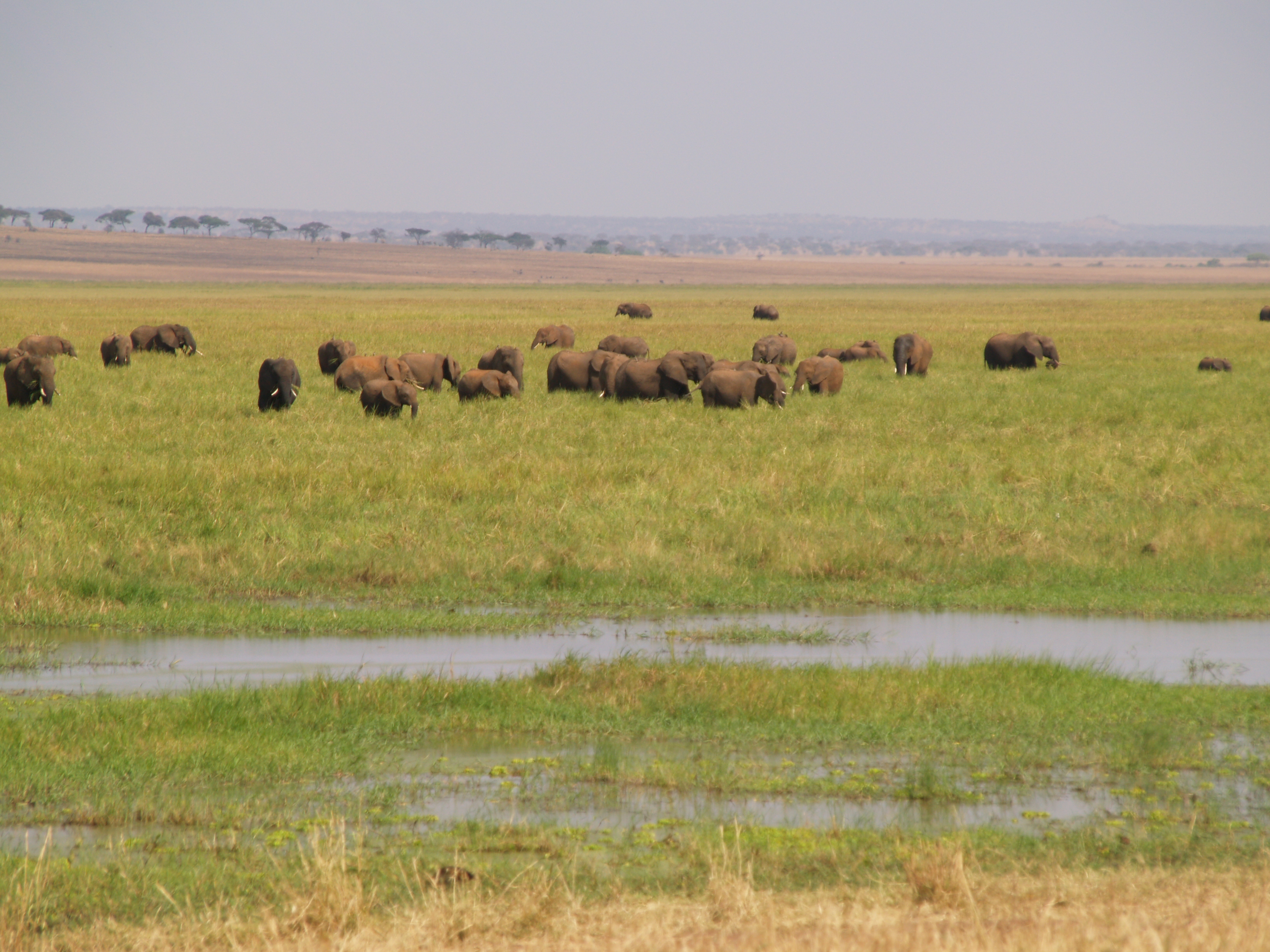
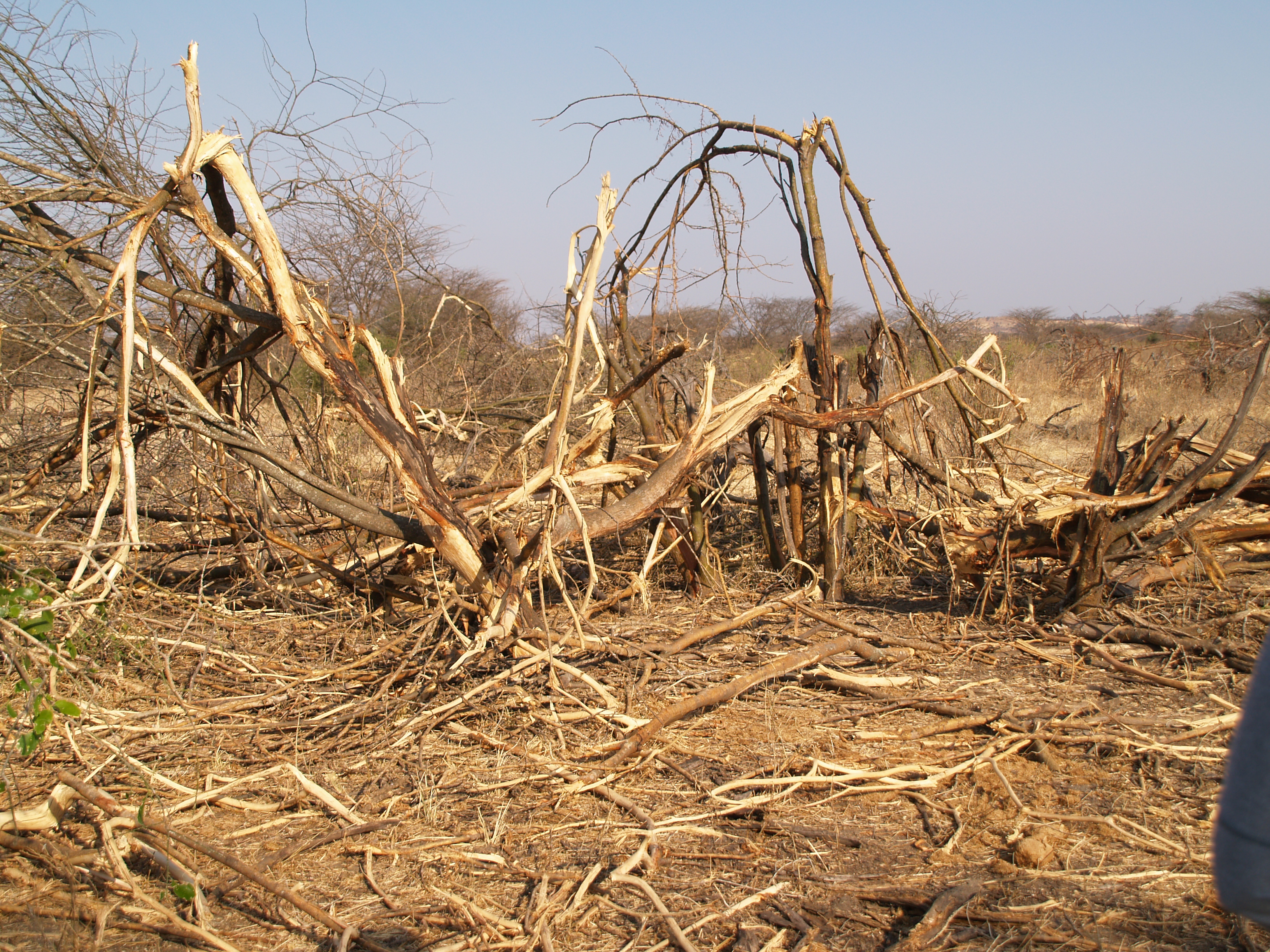
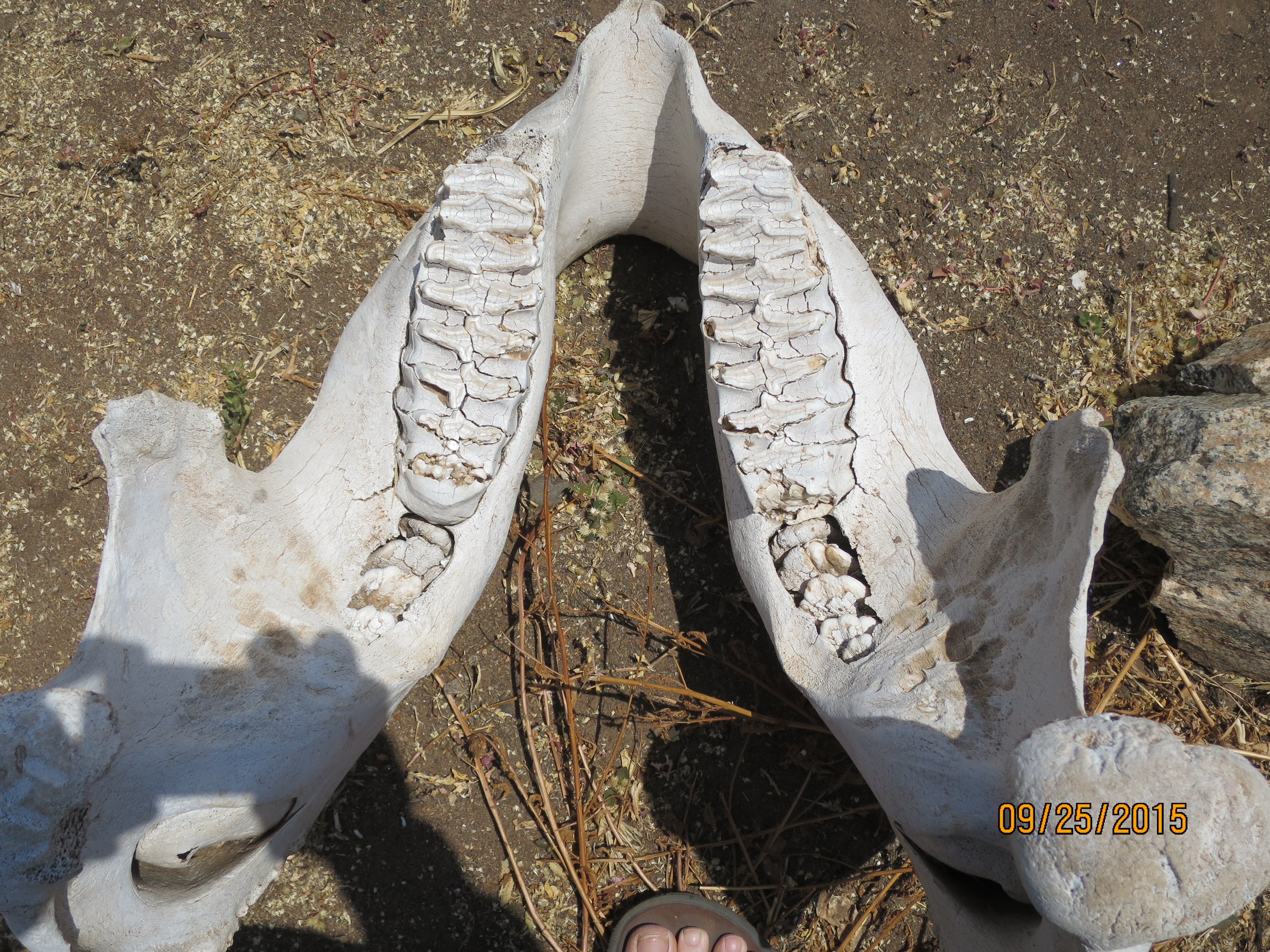
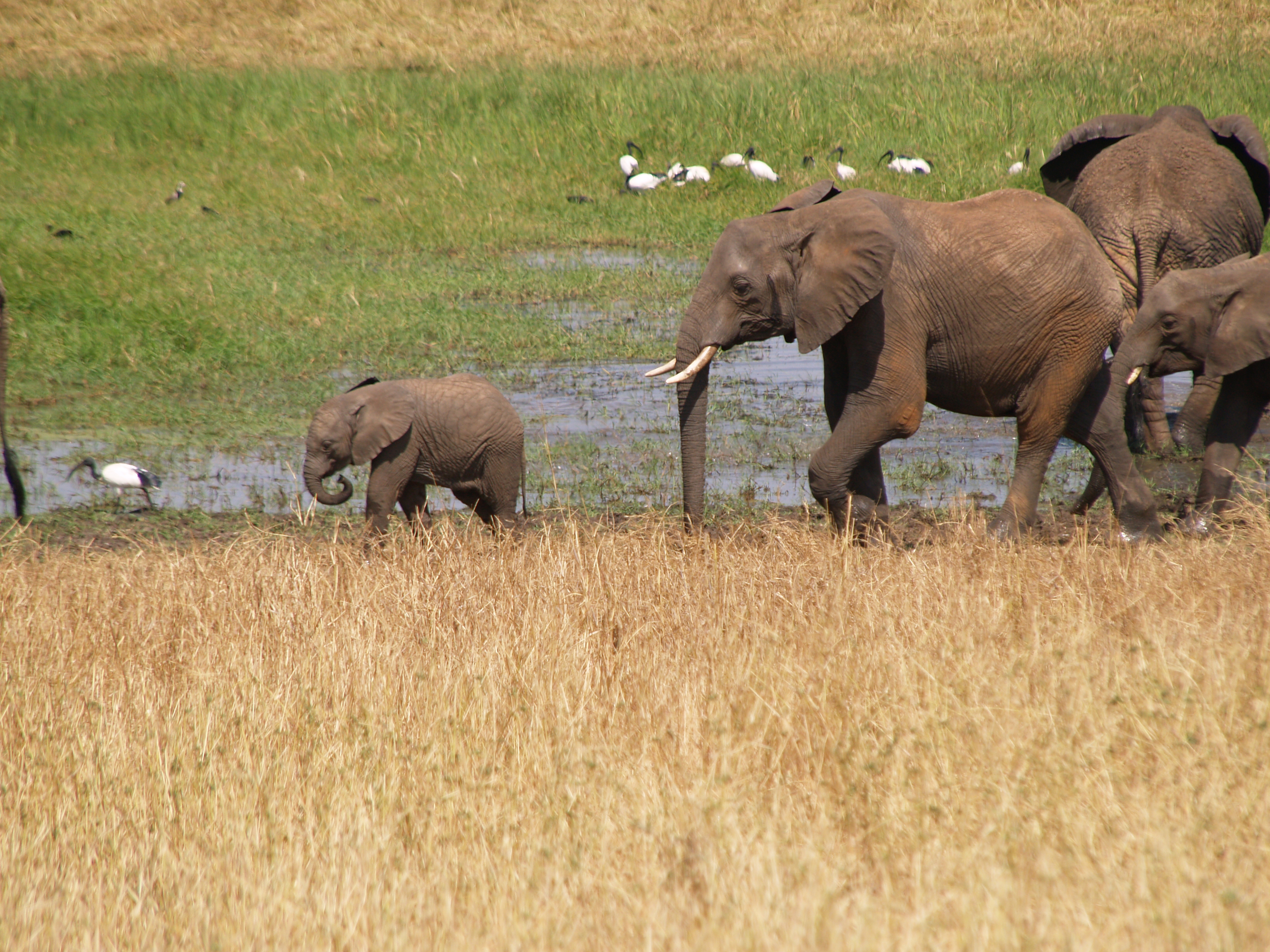
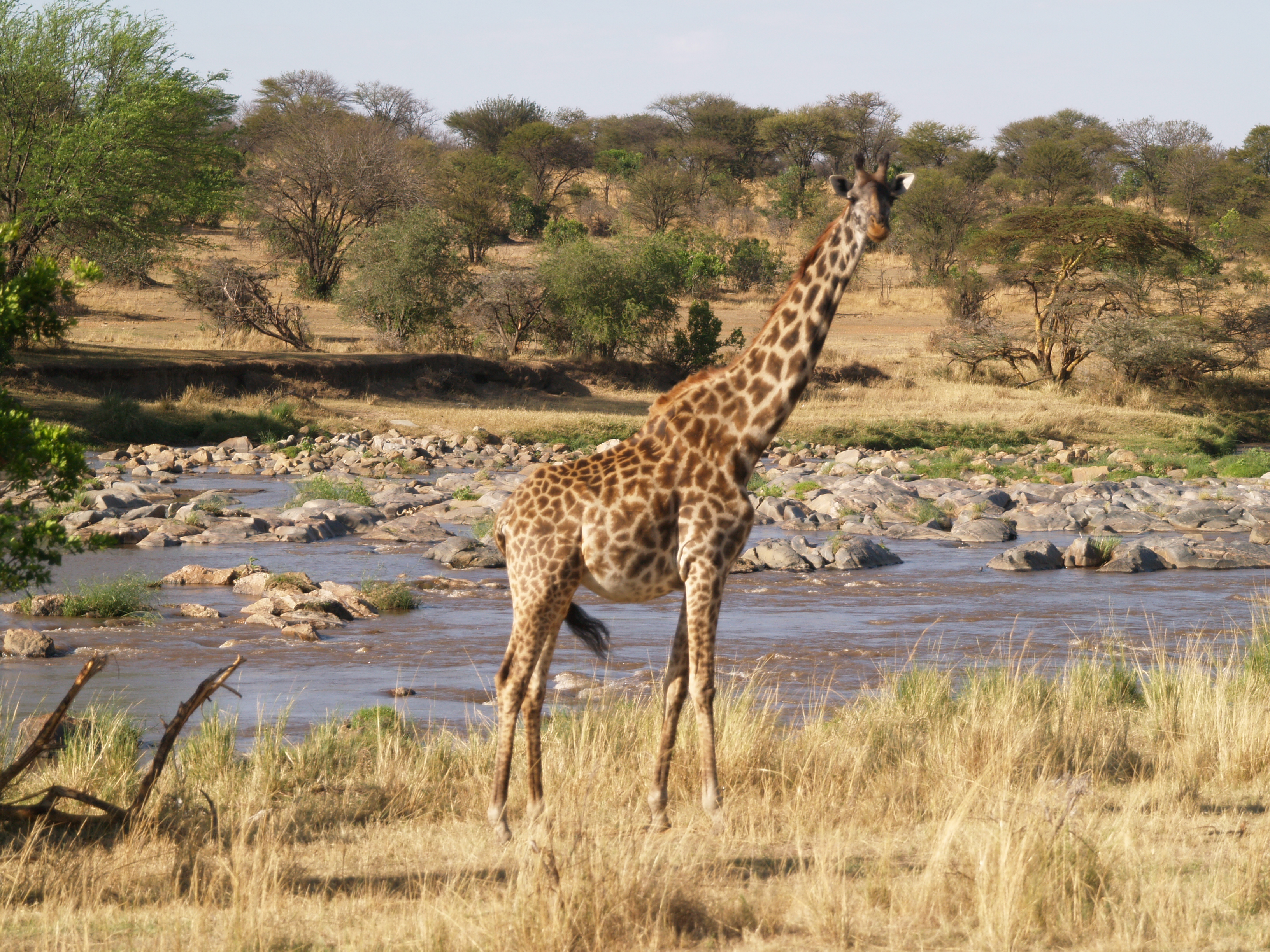
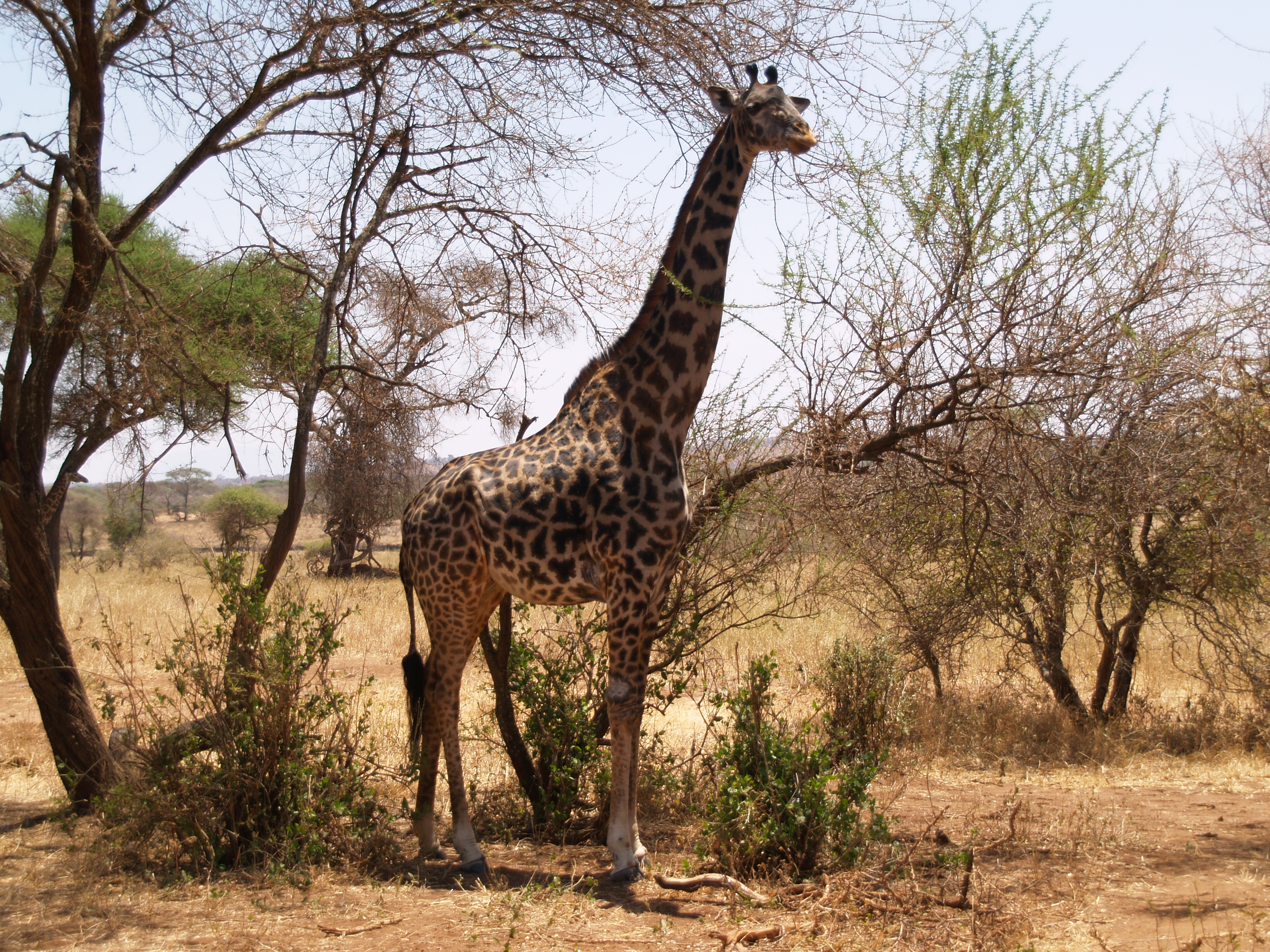
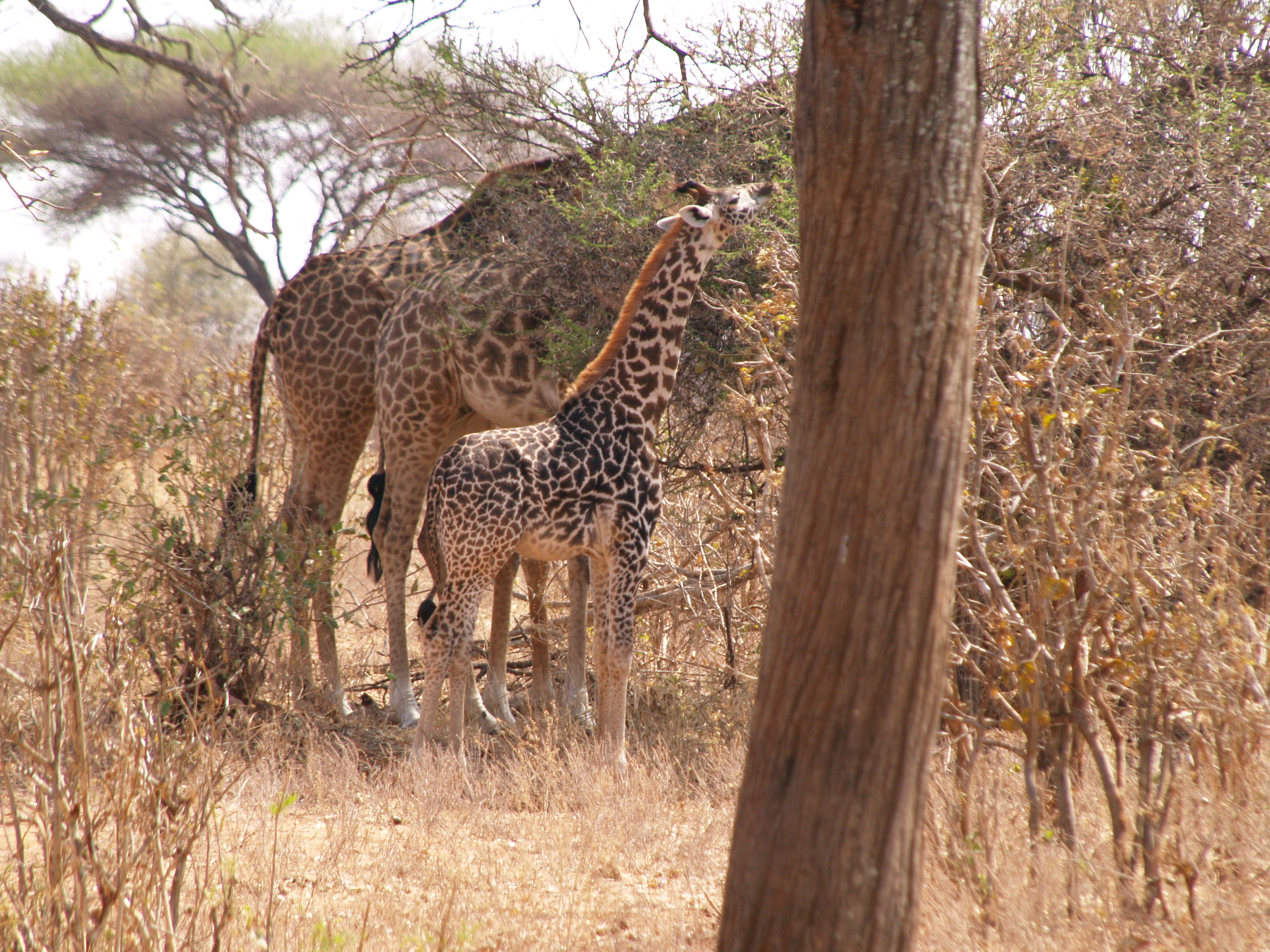
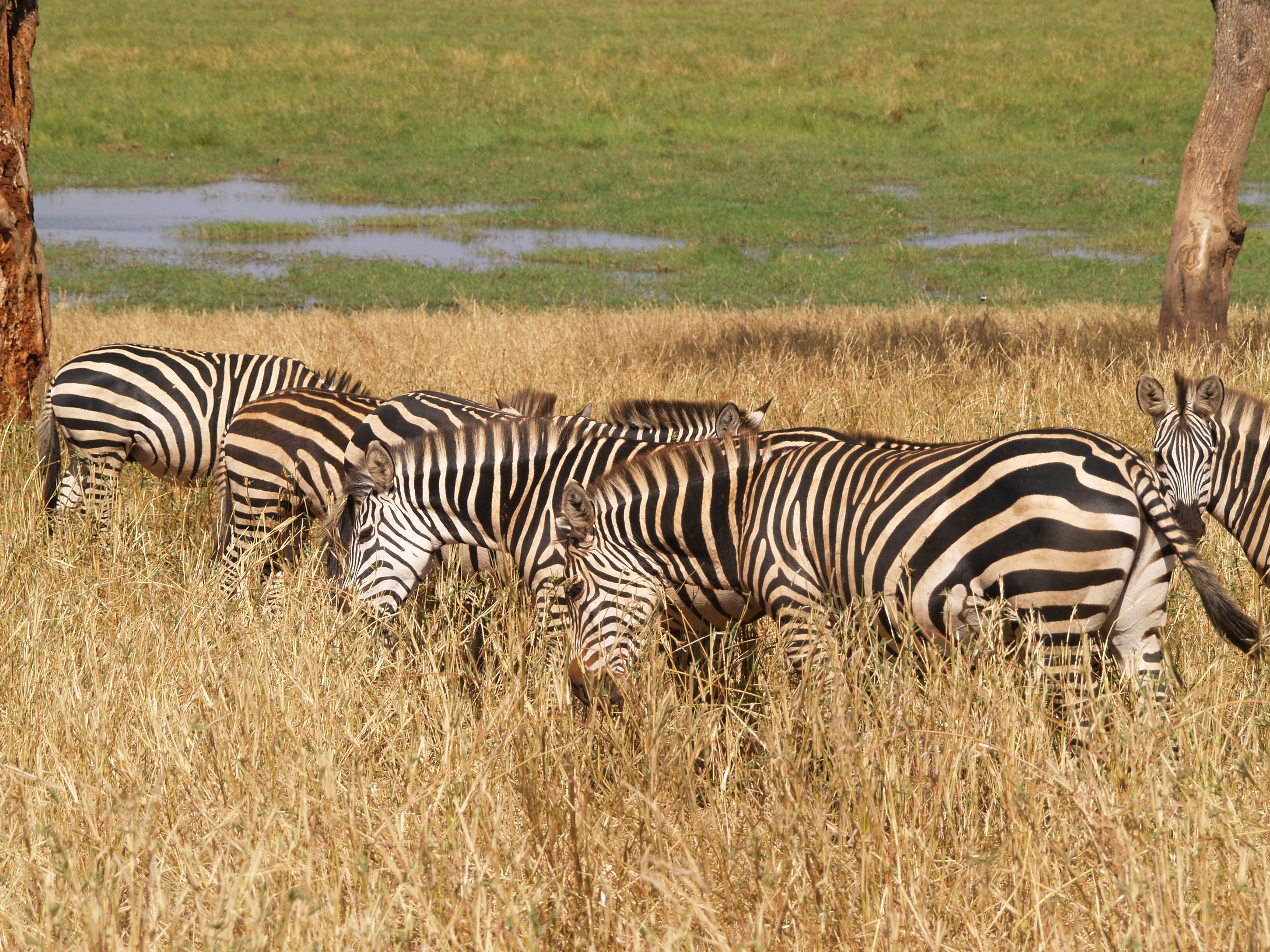
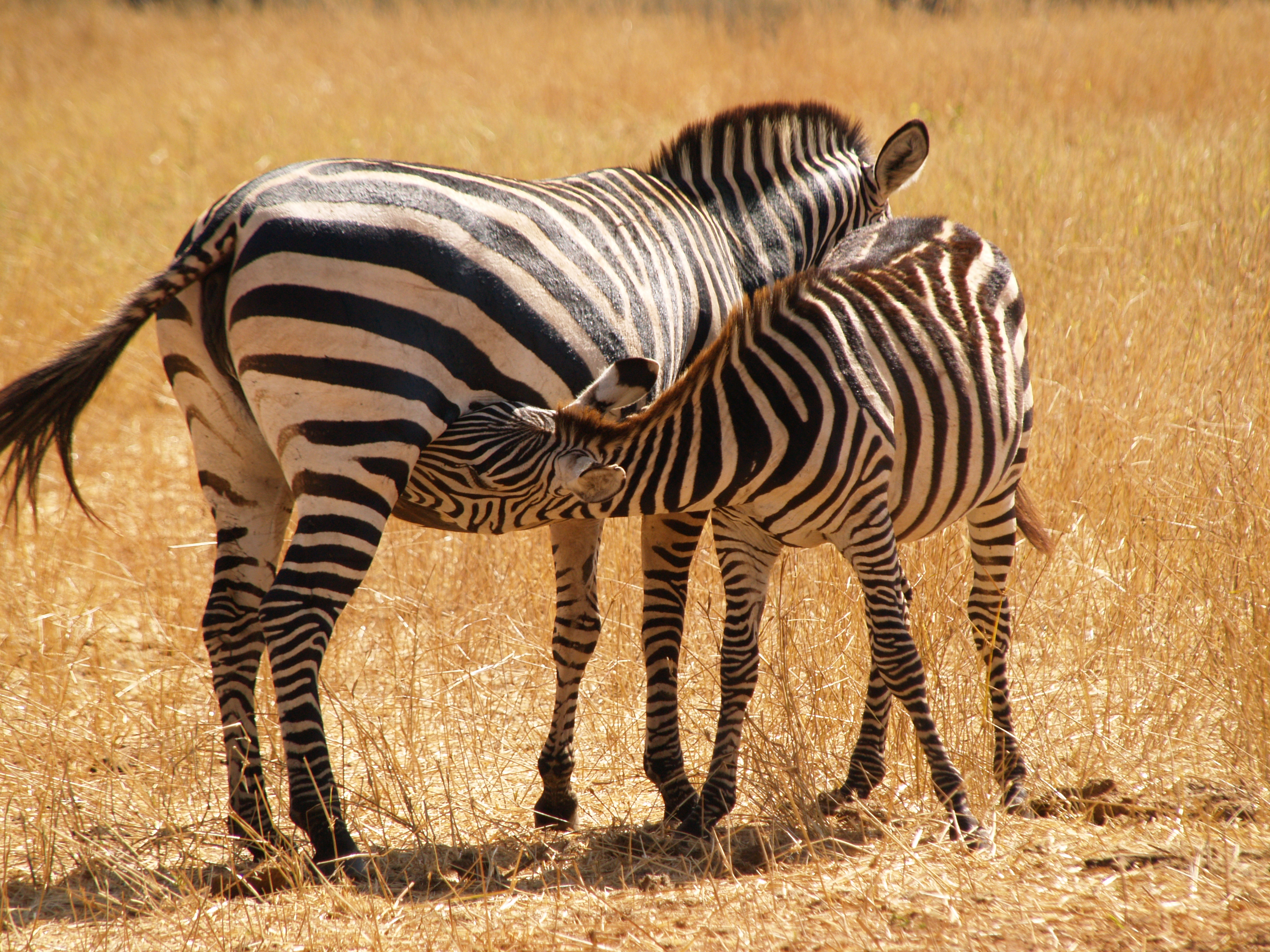
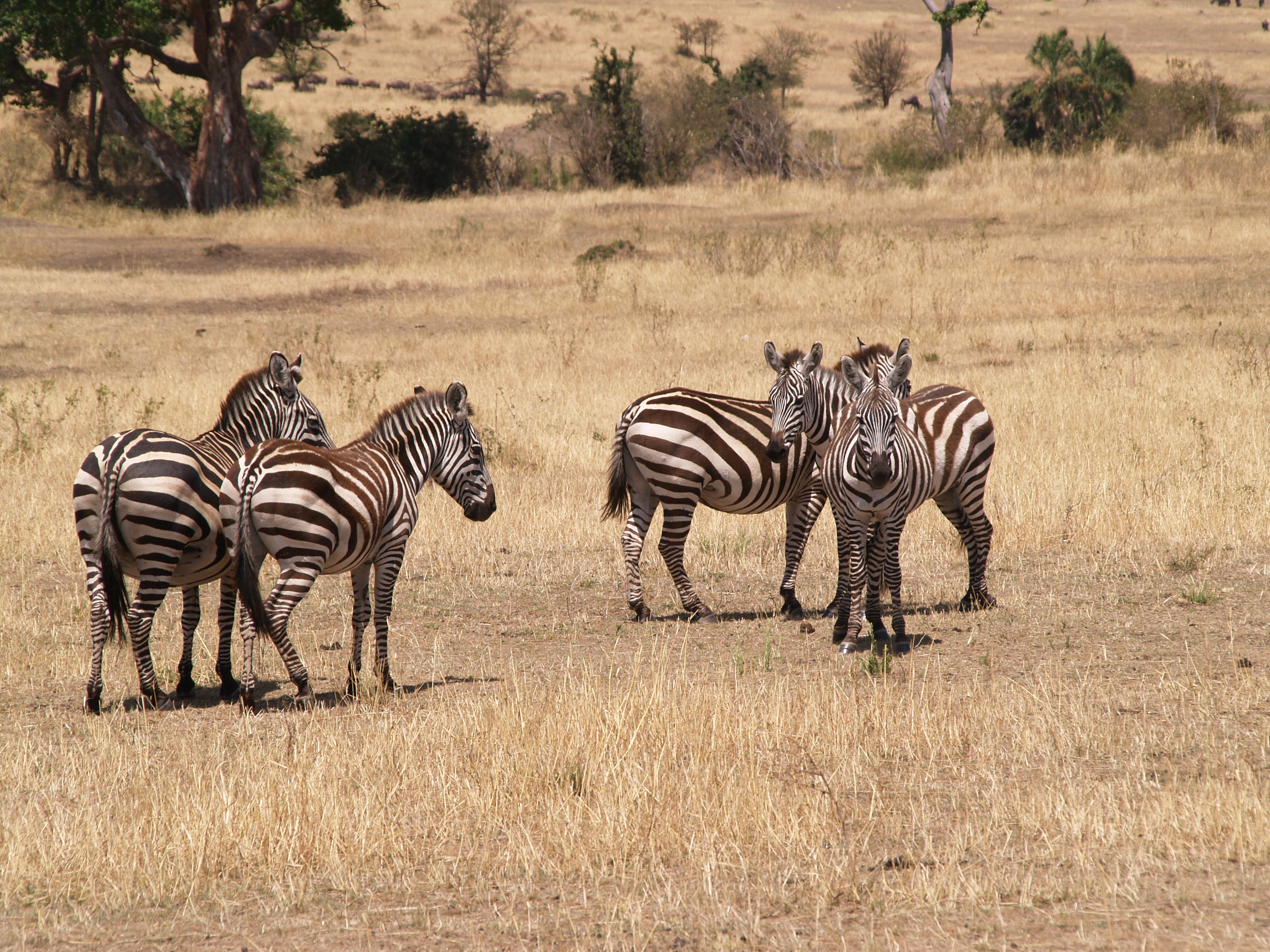
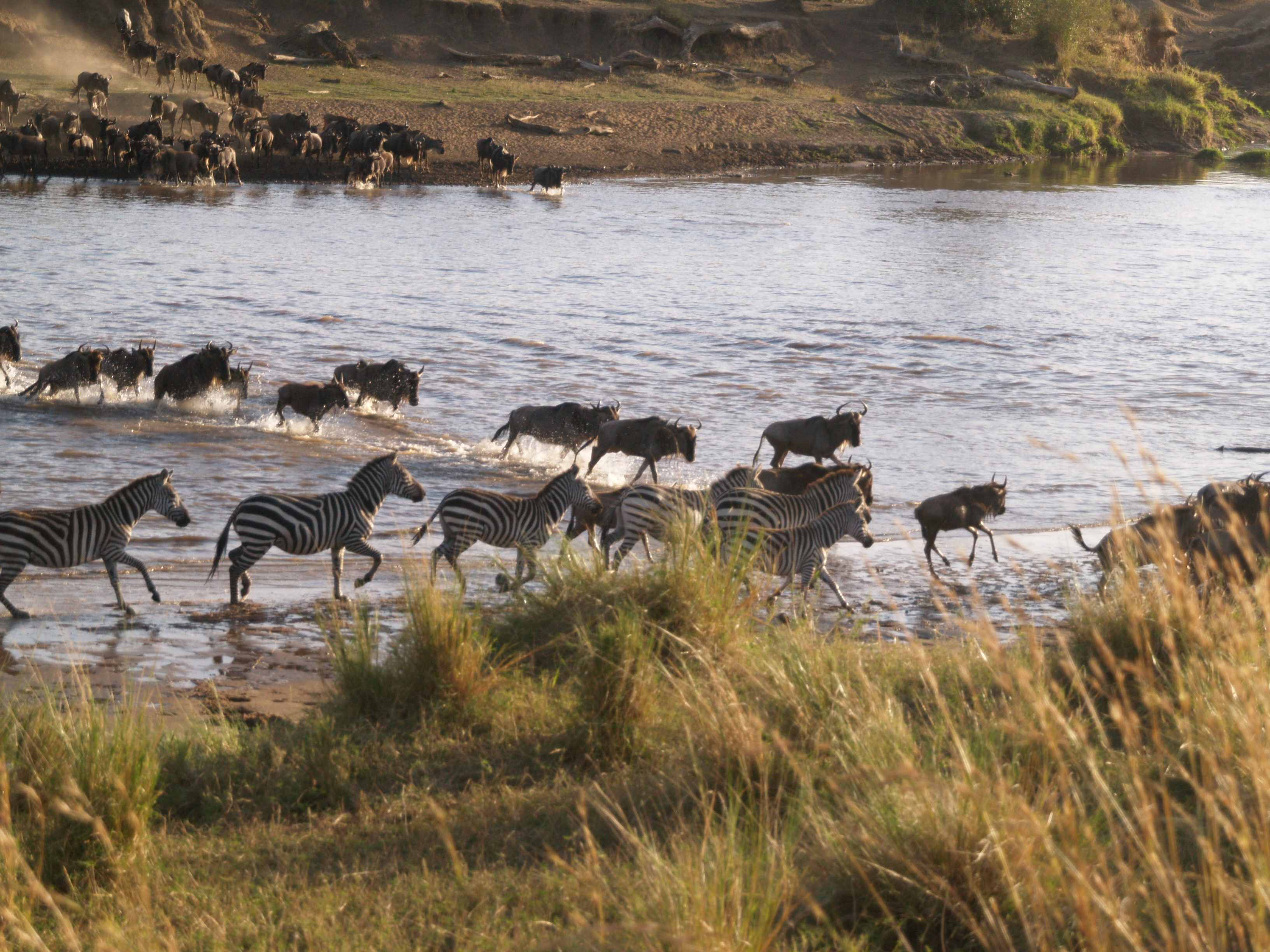
Fabulous! Wondering what you were traveling in – and all so close!